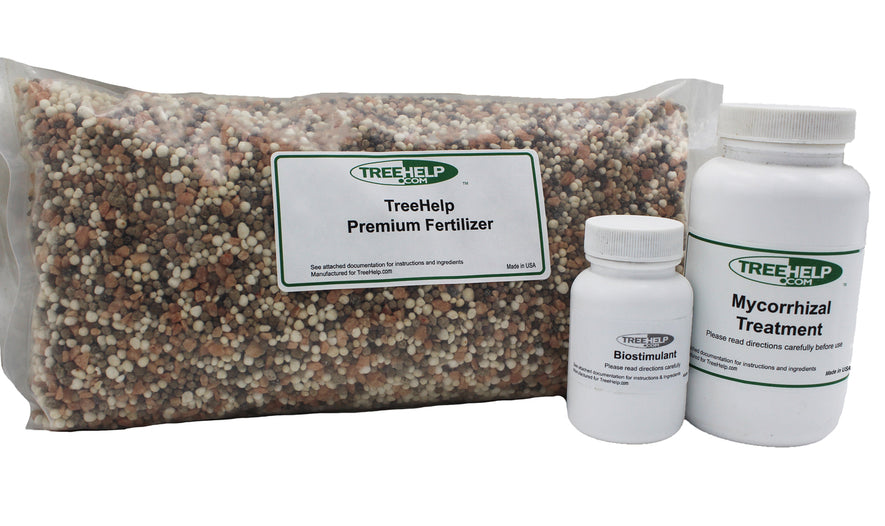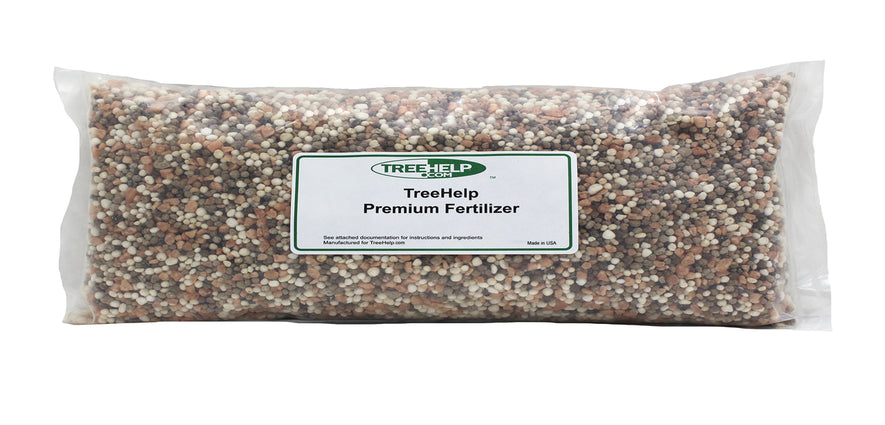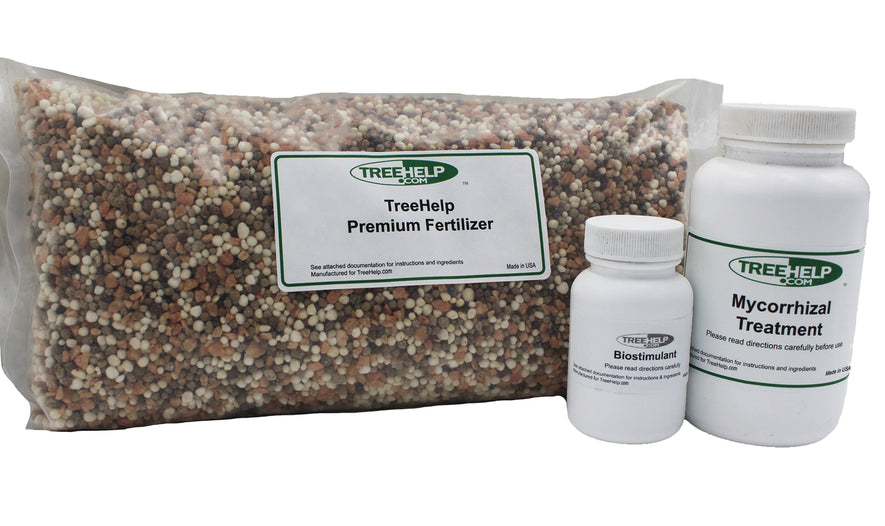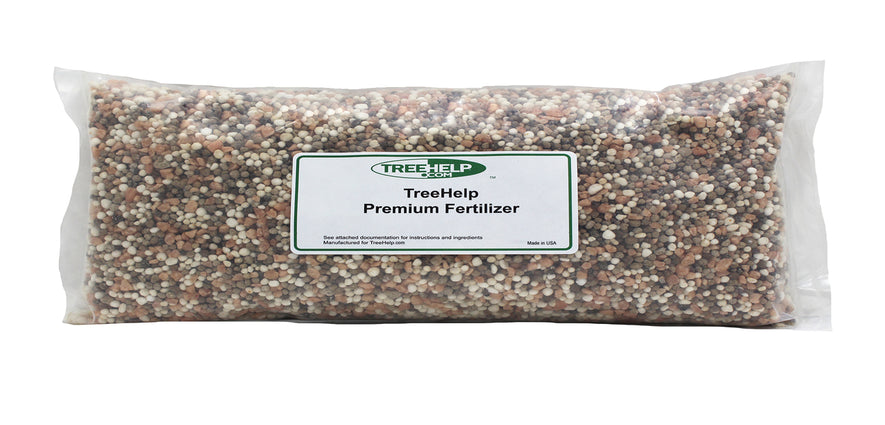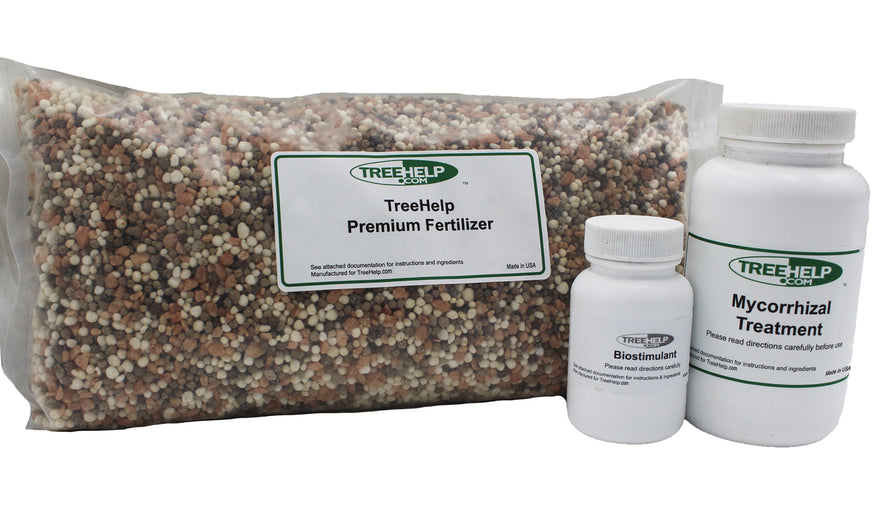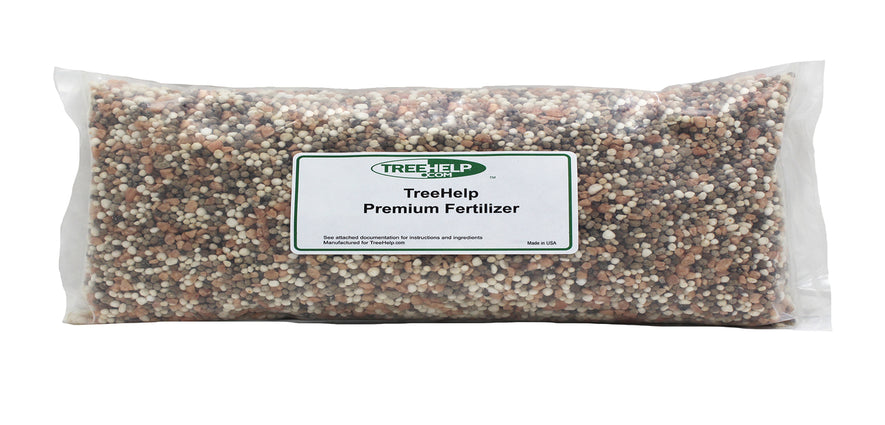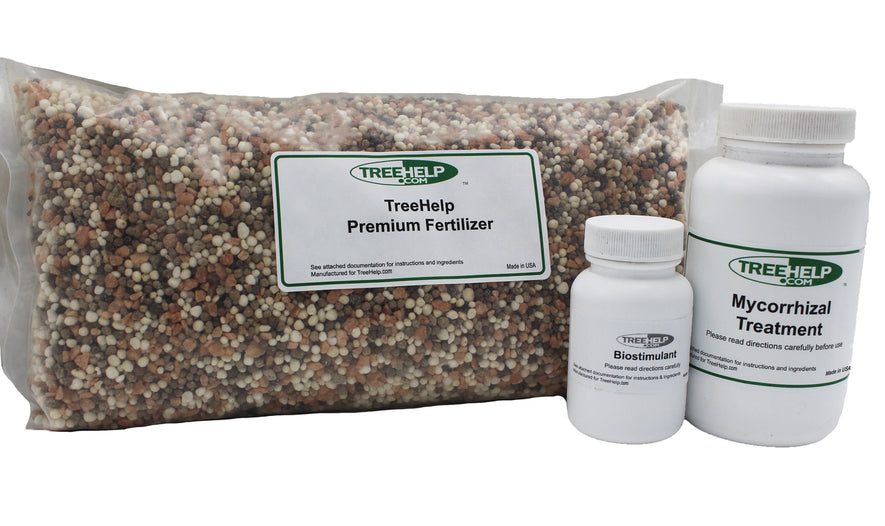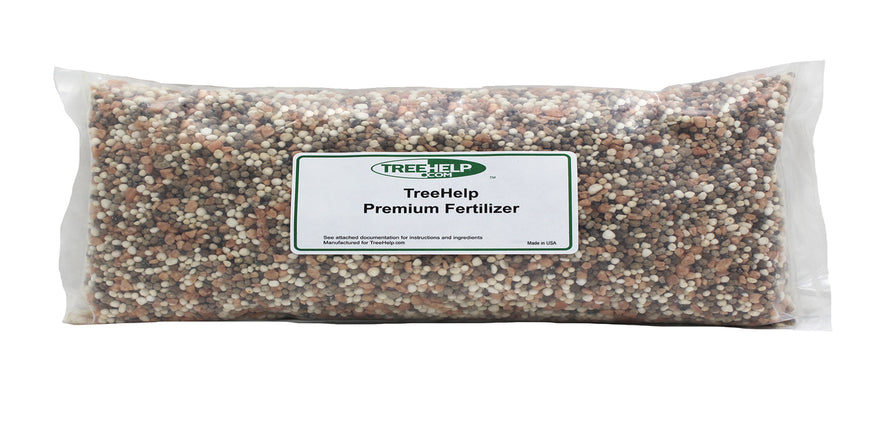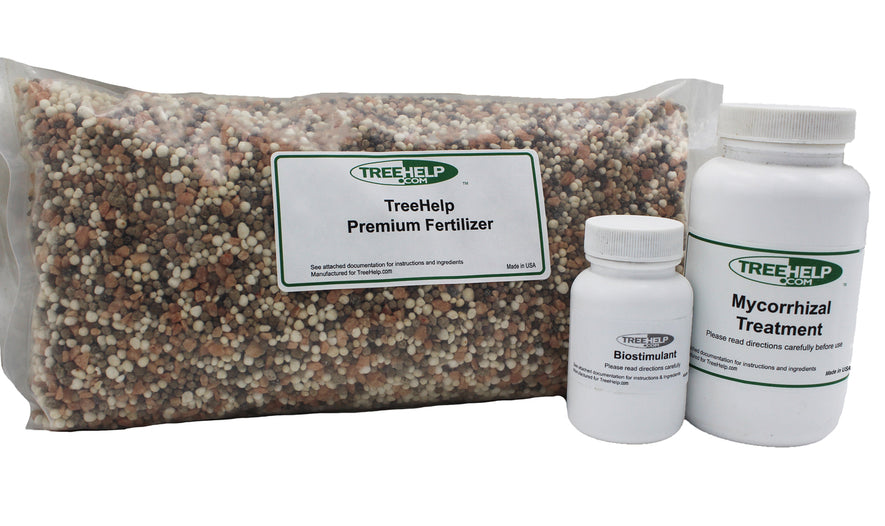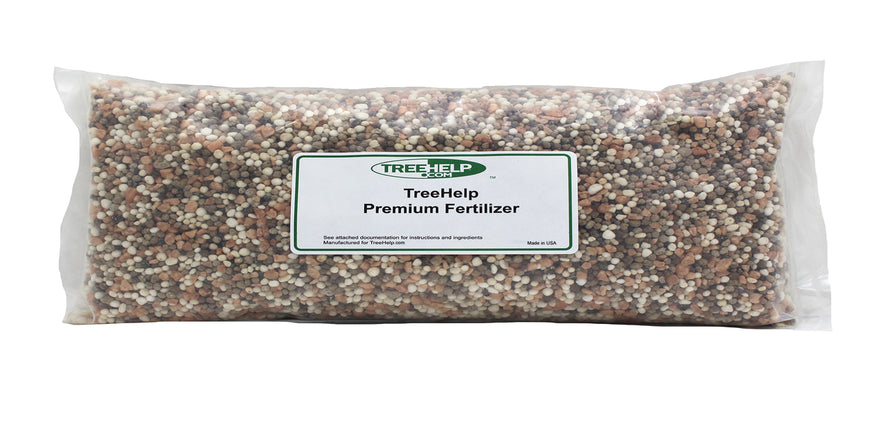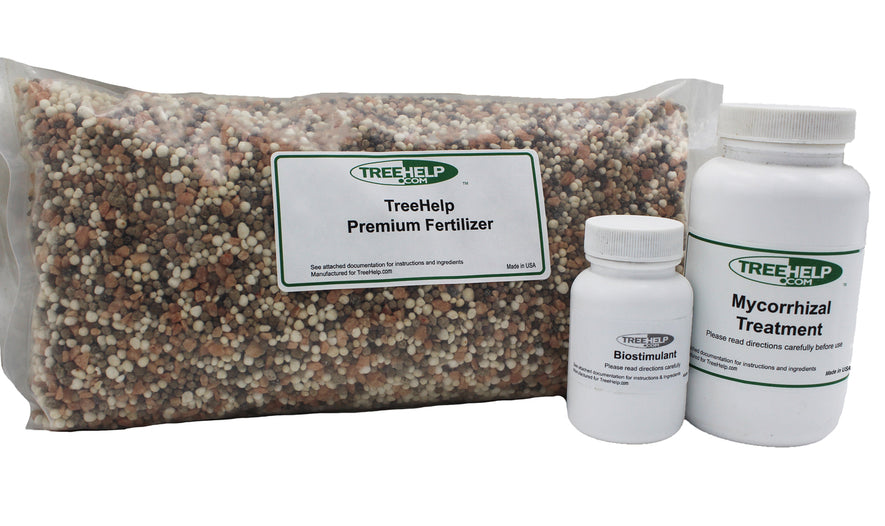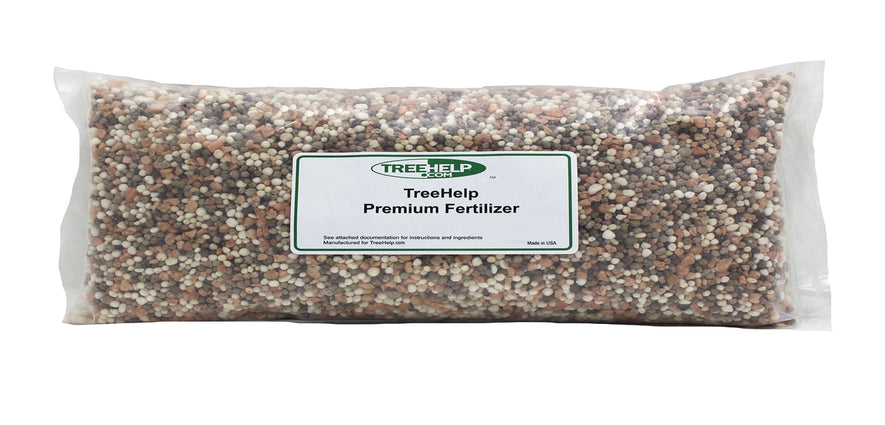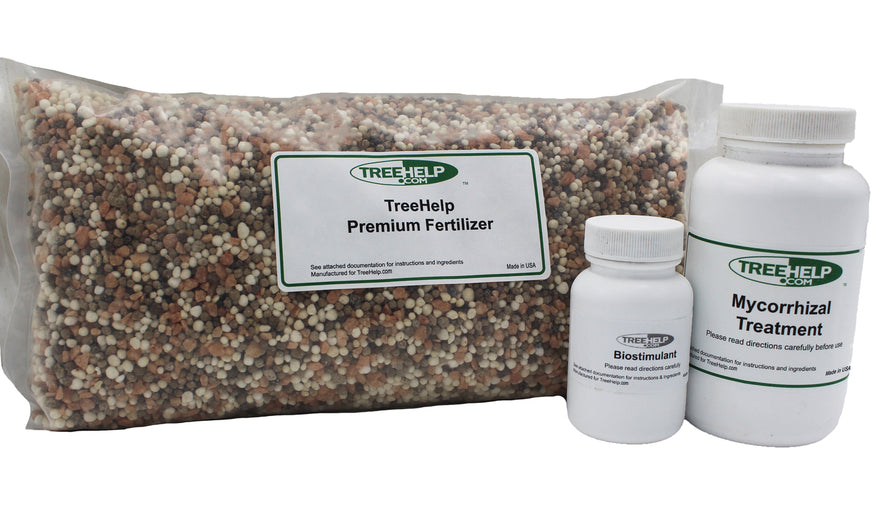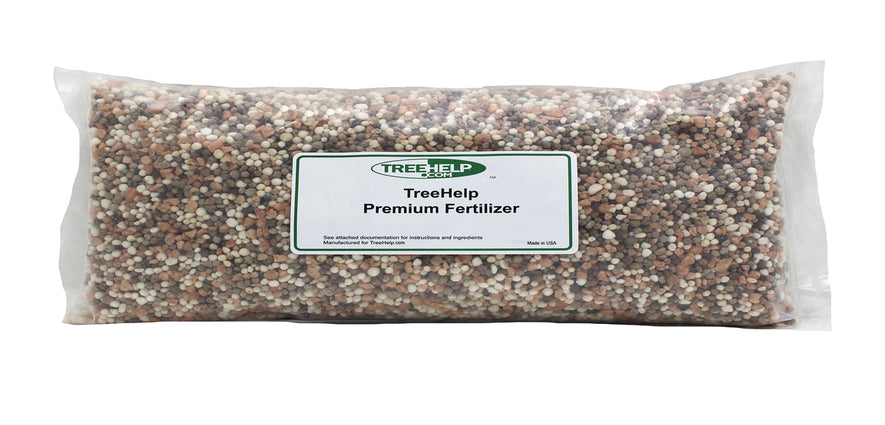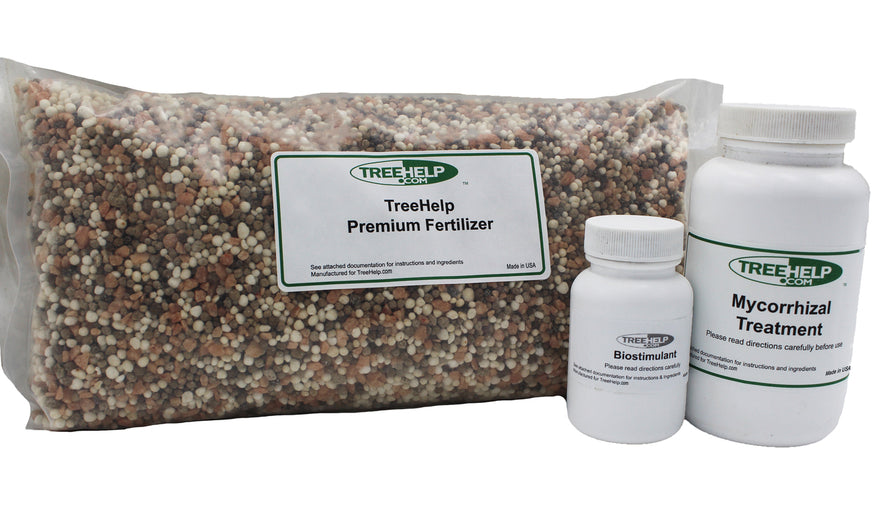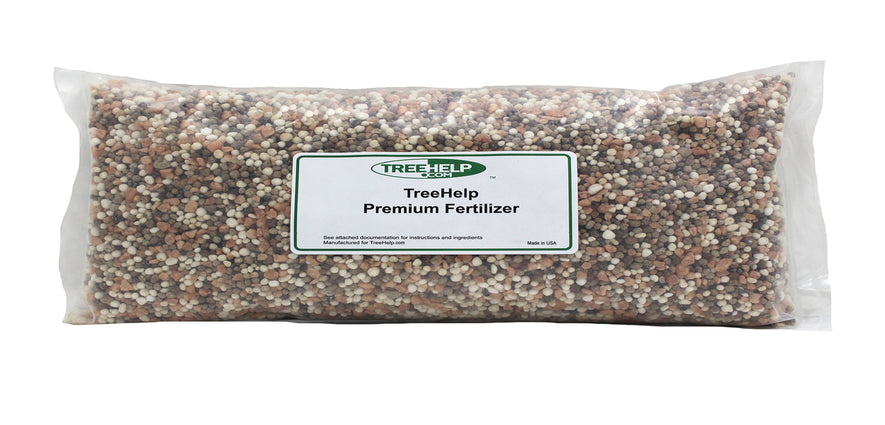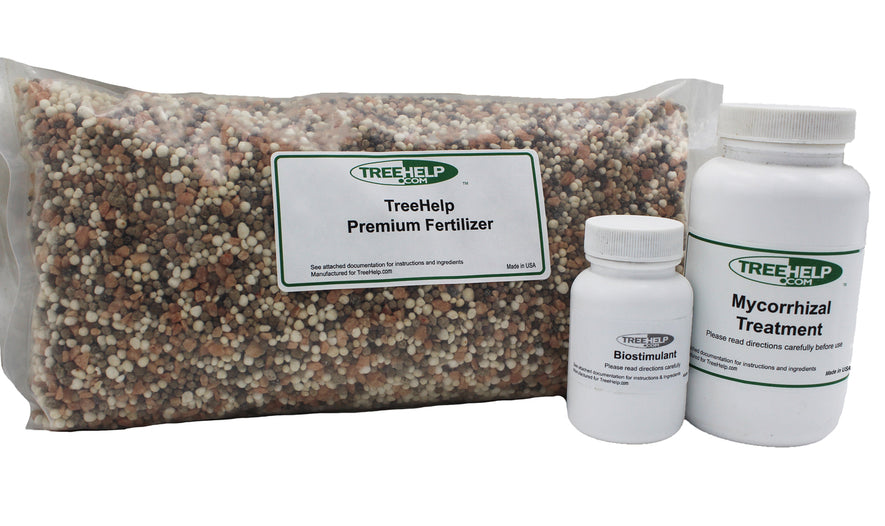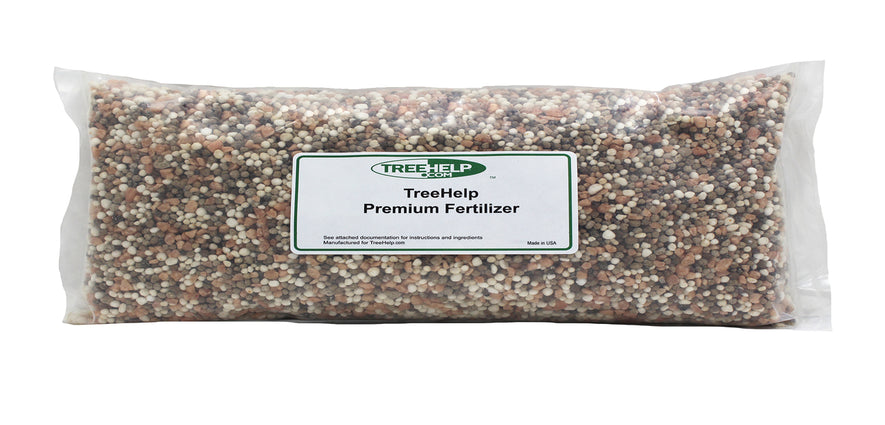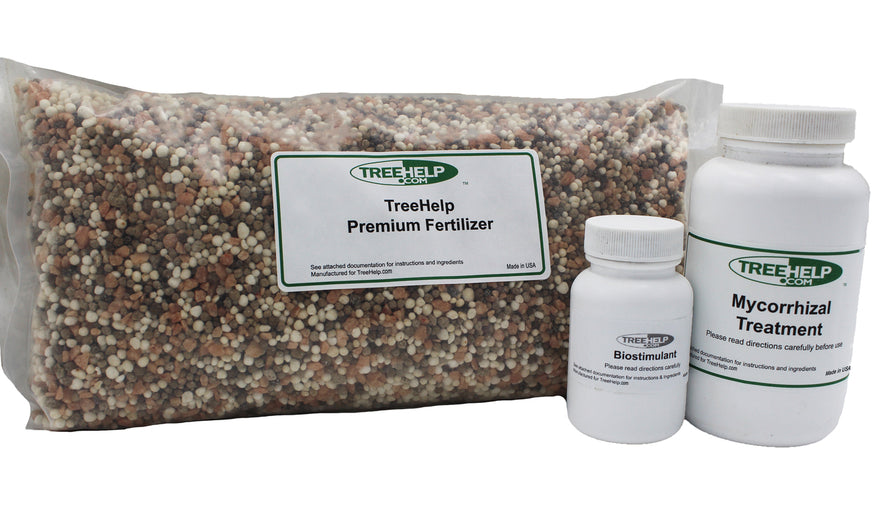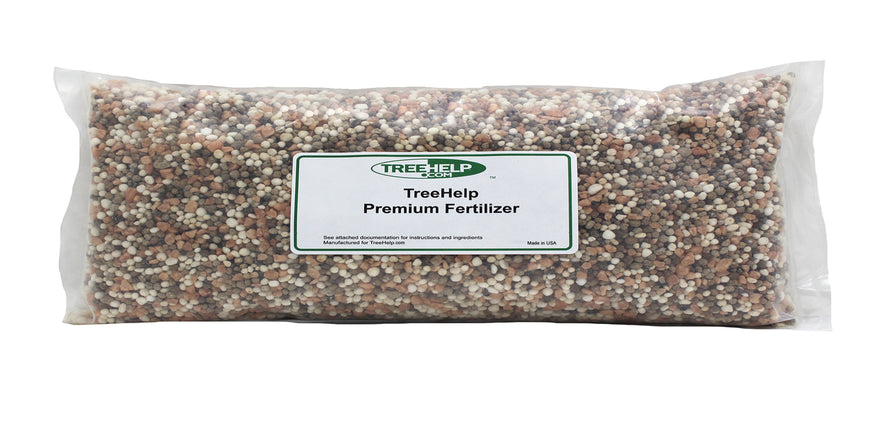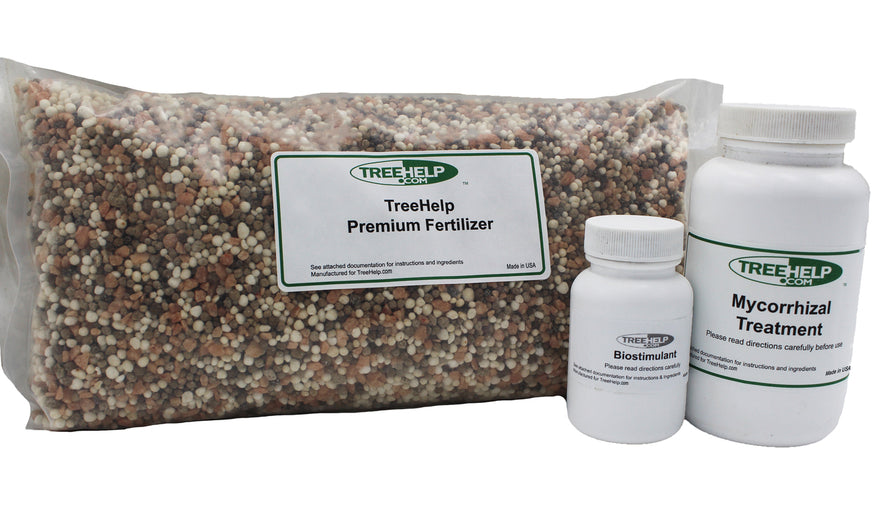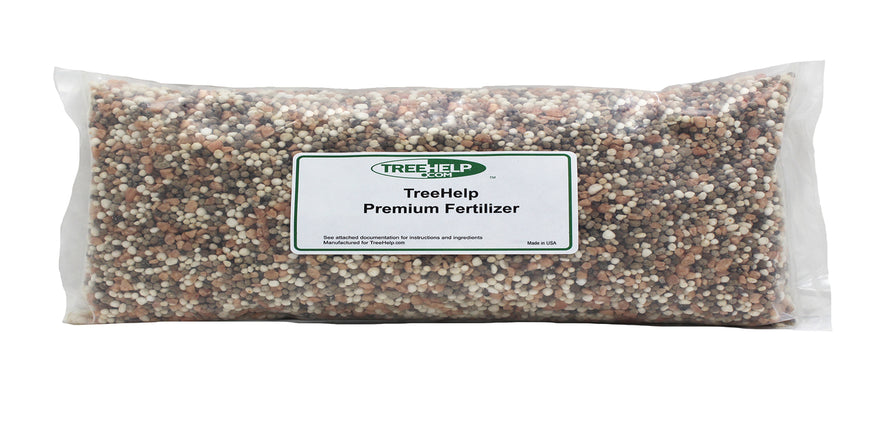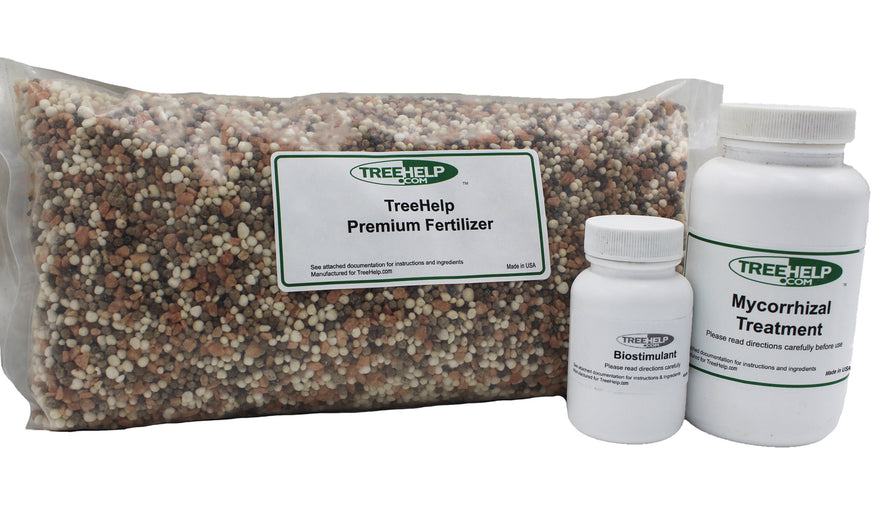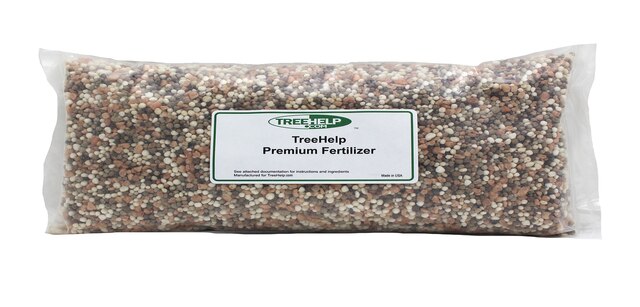-
TreeHelp Annual Care Kit: Tamarack Proudly Made in the USA TreeHelp developed easy-to-use Annual Care Kits to help homeowners maintain healthy and vibrant Tamarack trees....
- Regular price
- $33.95
- Regular price
-
- Sale price
- $33.95
- Unit price
- per
-
TreeHelp Annual Care Kit: Poplar Proudly Made in the USA TreeHelp developed easy-to-use Annual Care Kits to help homeowners maintain healthy and vibrant Poplar trees....
- Regular price
- $33.95
- Regular price
-
- Sale price
- $33.95
- Unit price
- per
-
TreeHelp Annual Care Kit: Pistachio Proudly Made in the USA TreeHelp developed easy-to-use Annual Care Kits to help homeowners maintain healthy and vibrant Pistachio trees....
- Regular price
- $33.95
- Regular price
-
- Sale price
- $33.95
- Unit price
- per
-
TreeHelp Annual Care Kit: Papaya Proudly Made in the USA TreeHelp developed easy-to-use Annual Care Kits to help homeowners maintain healthy and vibrant Papaya trees....
- Regular price
- $33.95
- Regular price
-
- Sale price
- $33.95
- Unit price
- per
-
TreeHelp Annual Care Kit: Horsechestnut Proudly Made in the USA TreeHelp developed easy-to-use Annual Care Kits to help homeowners maintain healthy and vibrant Horsechestnut trees....
- Regular price
- $33.95
- Regular price
-
- Sale price
- $33.95
- Unit price
- per
-
TreeHelp Annual Care Kit: Hornbeam Proudly Made in the USA TreeHelp developed easy-to-use Annual Care Kits to help homeowners maintain healthy and vibrant Hornbeam trees....
- Regular price
- $33.95
- Regular price
-
- Sale price
- $33.95
- Unit price
- per
-
TreeHelp Annual Care Kit: Hibiscus Proudly Made in the USA TreeHelp developed easy-to-use Annual Care Kits to help homeowners maintain healthy and vibrant Hibiscus trees....
- Regular price
- $33.95
- Regular price
-
- Sale price
- $33.95
- Unit price
- per
-
TreeHelp Annual Care Kit: Douglas-fir Proudly Made in the USA TreeHelp developed easy-to-use Annual Care Kits to help homeowners maintain healthy and vibrant Douglas-fir trees....
- Regular price
- $33.95
- Regular price
-
- Sale price
- $33.95
- Unit price
- per
-
TreeHelp Annual Care Kit: Basswood Proudly Made in the USA TreeHelp developed easy-to-use Annual Care Kits to help homeowners maintain healthy and vibrant Basswood trees....
- Regular price
- $33.95
- Regular price
-
- Sale price
- $33.95
- Unit price
- per
-
TreeHelp Annual Care Kit: Baldcypress Proudly Made in the USA TreeHelp developed easy-to-use Annual Care Kits to help homeowners maintain healthy and vibrant Baldcypress trees....
- Regular price
- $33.95
- Regular price
-
- Sale price
- $33.95
- Unit price
- per
-
TreeHelp Annual Care Kit: Mountain Ash Proudly Made in the USA TreeHelp developed easy-to-use Annual Care Kits to help homeowners maintain healthy and vibrant mountain ash...
- Regular price
- $33.95
- Regular price
-
- Sale price
- $33.95
- Unit price
- per
-
TreeHelp Annual Care Kit: Ninebark Shrub Proudly Made in the USA TreeHelp developed easy-to-use Annual Care Kits to help homeowners maintain healthy and vibrant Ninebark ShrubTreeHelp...
- Regular price
- $33.95
- Regular price
-
- Sale price
- $33.95
- Unit price
- per
free shipping on most orders over $125 - $7.95 FLAT RATE ON ALL OTHER ORDERS!


